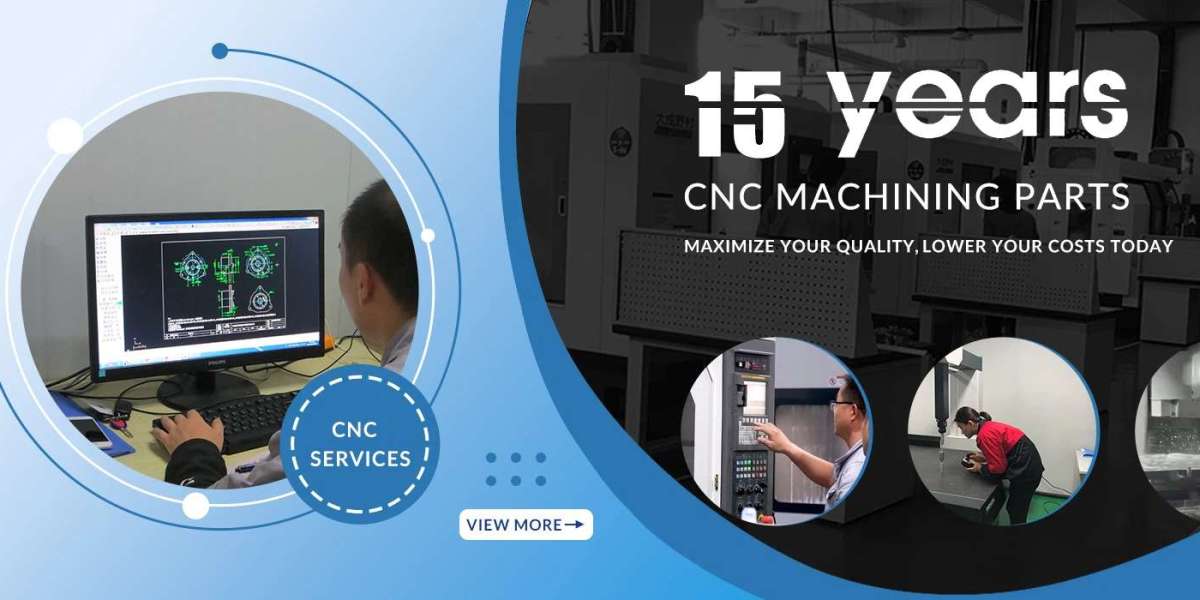Introduction to Material Selection in CNC Machining
In the world of precision manufacturing, CNC machining is a go-to method for producing high-quality components with tight tolerances. However, the success of any CNC project heavily depends on selecting the right material. Whether you're producing a prototype or final product, understanding the pros and cons of CNC Aluminum Parts, CNC Steel Parts, and CNC Plastic Parts is essential. Each material serves different industrial needs based on cost, strength, durability, and machinability.
CNC Aluminum Parts: Lightweight Versatility
Strength-to-Weight Ratio and Machinability
Aluminum is one of the most popular materials in CNC machining due to its excellent strength-to-weight ratio. It offers high corrosion resistance, good thermal conductivity, and is incredibly easy to machine. These features allow faster cutting speeds, reduced tool wear, and shorter production cycles.
Common Applications
CNC Aluminum Parts are widely used in industries like aerospace, electronics, and automotive. From drone frames and engine parts to enclosures and heat sinks, aluminum fits both structural and cosmetic needs. It’s especially suitable for projects where weight reduction is a critical factor without compromising on strength.
Limitations to Consider
Despite its advantages, aluminum is not the best choice for high-impact or high-friction applications. It’s also more expensive than plastic, which can be a drawback for large-volume, cost-sensitive projects.
CNC Steel Parts: Superior Strength and Endurance
Maximum Durability and Load Capacity
Steel is the material of choice when strength and durability are top priorities. It offers excellent wear resistance and high tensile strength, making it suitable for load-bearing or high-impact components. Though harder to machine than aluminum, the payoff is longevity and mechanical performance.
Use Cases in Heavy Industries
CNC Steel Parts are extensively used in automotive, industrial equipment, tooling, and infrastructure. From gear shafts and frames to tooling dies and heavy-duty fasteners, steel ensures reliability under stress and pressure.
Challenges in Machining
Due to its hardness, steel requires more powerful tools and longer machining times. It also increases tool wear and cooling costs, which must be considered during budgeting and production planning.
CNC Plastic Parts: Flexibility and Cost Efficiency
Lightweight and Easy to Machine
CNC Plastic Parts offer the most affordable entry point for CNC machining. Materials like ABS, Nylon, and PEEK are lightweight, corrosion-resistant, and extremely easy to machine. This leads to shorter lead times and minimal tooling costs.
Ideal for Prototyping and Low-Stress Components
Plastic is ideal for rapid prototyping, enclosures, and non-load-bearing parts. It’s commonly used in consumer electronics, medical devices, and industrial fixtures where weight reduction and insulation are necessary.
Performance Limitations
While plastic is economical and easy to work with, it doesn’t match the mechanical strength or thermal resistance of metals. CNC Plastic Parts are not suitable for high-stress, high-heat, or outdoor environments without special reinforcement or coatings.
Comparing CNC Aluminum, Steel, and Plastic Parts
Strength and Durability
- Steel: Offers the highest strength and wear resistance, suitable for mechanical and structural components.
- Aluminum: Provides a balance between strength and weight, ideal for medium-duty parts.
- Plastic: Best for lightweight, low-stress applications.
Machinability and Cost
- Plastic: Easiest and cheapest to machine, perfect for prototyping.
- Aluminum: High machinability with moderate cost and fast production.
- Steel: Requires advanced tooling, longer production time, and higher overall machining costs.
Corrosion Resistance
- Aluminum and Plastic: Naturally corrosion-resistant, with aluminum offering better outdoor performance.
- Steel: Needs additional treatments (e.g., coatings, stainless alloys) for corrosion protection.
Industry Applications
- CNC Aluminum Parts: Aerospace, automotive, robotics, electronics.
- CNC Steel Parts: Automotive, heavy machinery, industrial tooling.
- CNC Plastic Parts: Medical, consumer electronics, fixtures, prototypes.
Conclusion: Choosing the Right CNC Material for Your Needs
When selecting between CNC Aluminum Parts, CNC Steel Parts, and CNC Plastic Parts, the right choice depends on your project’s unique requirements. Aluminum is best for lightweight strength and speed, steel delivers unmatched durability and structural performance, while plastic excels in affordability and flexibility. Understanding the material properties and how they align with your application's performance, cost, and production timeline will ensure your CNC project is both efficient and effective. https://www.hpcncparts.com/https://www.hpcncparts.com/



